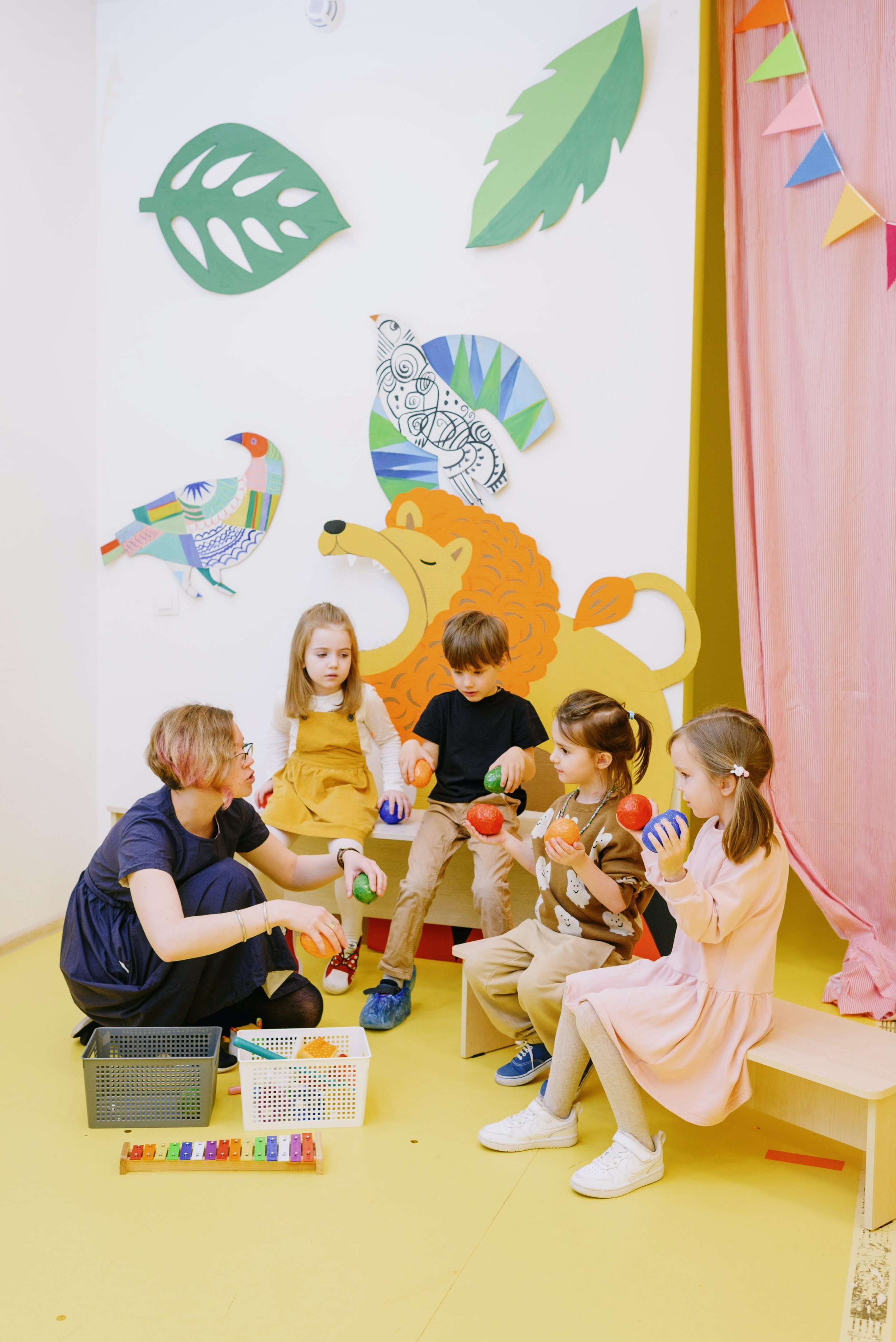
As educators, staying updated on the best ways to support our students’ learning experiences can be difficult, especially given all of our other responsibilities. Luckily, the field of learning sciencehas taken on that important mission for us by translating theory and research findings into practical tips, techniques, and pedagogies that we can implement every day in the classroom. Most learning science research takes place in the authentic, chaotic, and noisy environments we call our classrooms, which makes it relevant and practical. Simply put, the goal of learning science is to help teachers teach better and learners learn better, and that certainly applies to the domain of social emotional learning (SEL). This blog aims to present several best practices from learning science research that you can use in your classroom when teaching SEL.
1. Make Feedback SPARK
Feedback provides students with a better understanding of what they know and what needs to be given another look. Feedback is all about making informed decisions and implementing changes: it should enable students to revisit their understanding and update their work accordingly.
As educators, we are constantly providing feedback. Following some research-based best practices enables us to communicate more effectively with our students:
1. Students often want to know the right answer after making a mistake, but the best kind of feedback engages them in a productive struggle to error-correct on their own rather than giving them the solution upfront.
- Try “let’s brainstorm other ways to share toys peacefully” instead of “grabbing the toy from your friend is not a good solution, and you should ask them nicely instead.”
2. Students tend to ignore feedback outright when it is accompanied by an external motivator (such as a letter grade, score, or other marking). Studies show that feedback is implemented more often when it is provided independently and references the work rather than the student.
- “Great job drawing what a happy reaction looks like. Next time, how might you make the angry and scared faces look more different from one another?”
3. Feedback is taken up more frequently when it is given immediately rather than delayed.
- For example: if groups of students are acting out role playing scenarios, provide feedback to each group about what went well and how they can improve before moving on to the next group’s scenario
It is helpful for both teachers and students to have a framework for giving and receiving feedback. One popular method is the SPARK method, which gives guidance on how to structure feedback for students. Here are some examples of how to give SPARKly feedback in SEL scenarios for young students:
Specific: feedback connects to a particular point in the work or conversation
- “Your solution to take turns playing with the toy for 5 minutes each seemed very smart to me.”
Prescriptive: feedback offers a potential strategy that can be implemented for improvement
- “Next time, we can try taking a deep breath before talking to someone about why we are angry.”
Actionable: feedback clearly indicates tangible steps for improvement to the student
- “When you talk to your friend, try starting your sentences with ‘I feel…’ to communicate your emotions.”
Referenced: feedback is grounded in the skills or criteria needed for success
- “Part of being a good classmate is treating others with respect and not hurting our friends’ feelings. It seems like you hurt Annie’s feelings when you ripped the toy away from her.”
Kind: feedback is encouraging and never puts students down
- “Even though it didn’t go the way you wanted it to, I’m proud of you for the effort you gave.”
By celebrating student effort, SPARK feedback shows students how to be supportive of each other and themselves. When students receive kind and constructive feedback, they begin to view themselves in that same positive light. In that way, SPARK feedback helps students develop self-compassion and a supportive inner voice.
Other feedback frameworks are explored here. If you are interested in digging deeper into feedback research, reading work by Dylan William is a good place to start.
2. Incorporate Embodied Learning
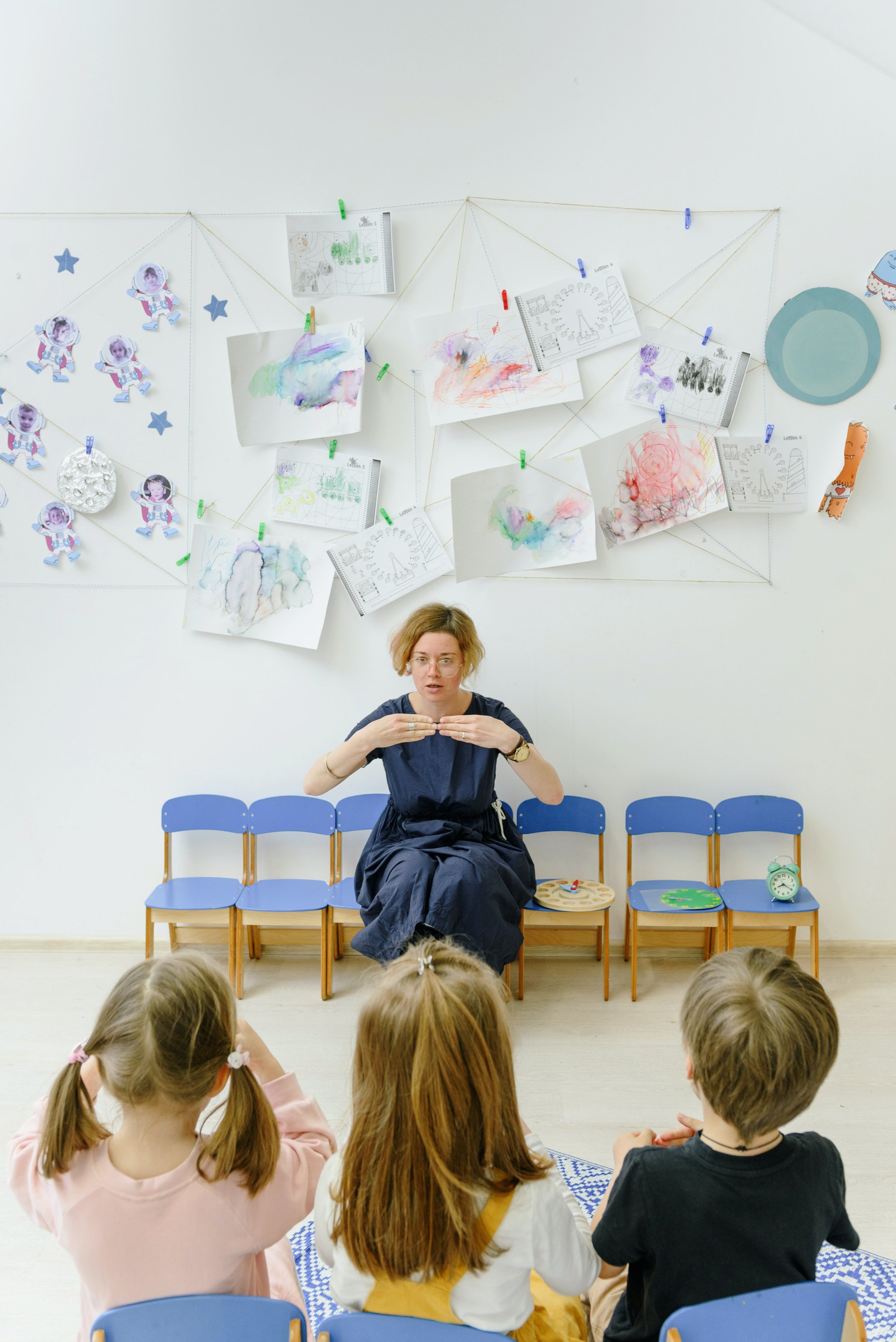
Embodied learning theory centers the physical body and movement as key to learning. Research shows that manipulating our bodies actually can have effects on the way we think (our cognitive processes). In other words, movement helps shape our construction of meaning and conceptual understanding. One common form of embodied learning is gesturing; we all use gestures to make connections between things (pointing) and represent inner states (with a thumbs up). Gestures allow us to provide information to students in more than one way simultaneously, deepening their comprehension.
Embodied learning is especially powerful for students learning social emotional skills such as identifying emotions. Having students mirror facial expressions and body language associated with certain emotions helps them recognize those emotions in their own bodies. Similarly, recreating physiological reactions that occur during stressful moments (shaky hands, tensed muscles, dilated pupils) helps students more quickly identify those triggers when they occur in real time. Some sample questions to ask your students involving embodied learning:
- What does your body look like when it is angry? Afraid?
- How do you know when you are angry?
- Squeeze your muscles really tightly and shake your hands. How does that make you feel?
- Are there other times you have felt yourself having this kind of reaction?
For an active break between lessons or during transition time, have your students do “emotion dances” with their bodies:
- How does your body move when it is happy? Afraid? Stressed?
- What does your “sad dance” look like? What about your “angry dance?”
The possibilities for emotions are endless and your students will have fun moving around and exploring the connection between their bodies and their emotions. When your students play the Body Language or Physiological Responses activities in Wisdom: The World of Emotions, have them try acting out the body language and reactions they see on screen to incorporate embodiment into their learning.

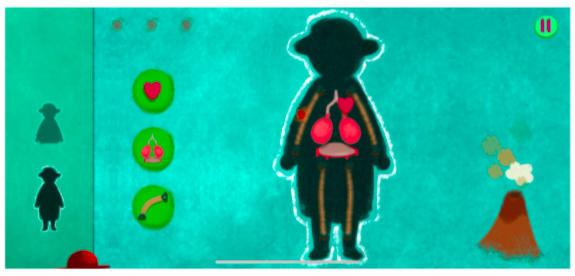
Lastly, virtual and augmented reality are other forms of embodied learning that use technology to help students make conceptual connections. For example, the augmented reality feature in Wisdom can teach students how focusing on their breath in stressful situations will calm them down.
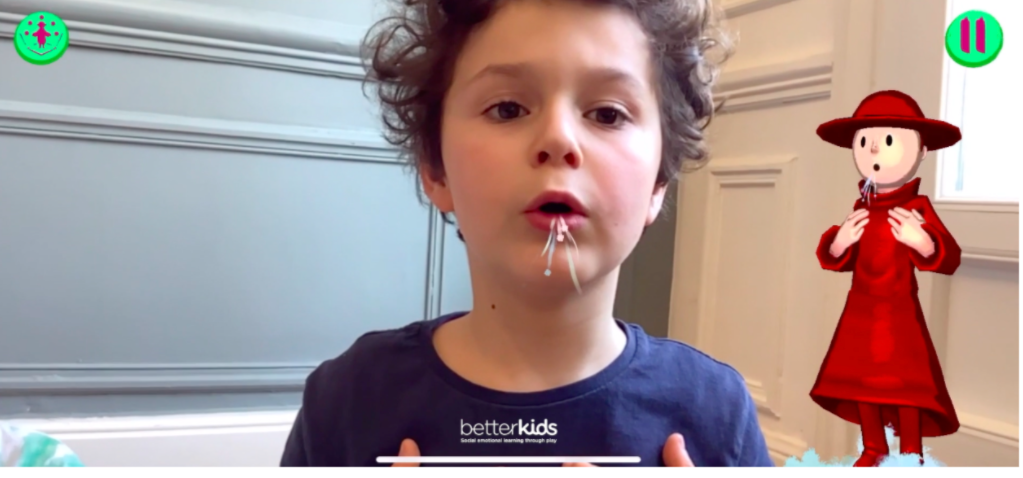
3. Encourage Collaboration
Facilitating productive teamwork is hard. It requires steady monitoring of many teams at once, and it can be difficult to ensure that all students participate fully and understand the task at hand. Here are some things research says about collaboration:
- Collaboration is different from cooperation, in which students have shared goals, but divide and conquer the completion of tasks individually.
- Productive collaboration occurs when group members are aligned in their goals, tasks, and processes. For that reason, collaboration is really an exercise in social awareness.
- Productive collaboration coincides with joint attention, which is when students are visually attending to the exact same stimulus or object.

How can we use these findings to support effective collaboration for our students? First, ensure that all students have an awareness of what their group will be doing together. Taking a few extra moments to clarify that everyone is “on board” will smooth things out in the long run. Appointing roles for collaboration (such as the question asker, idea recorder, etc.) helps students stay aligned as a team and gives individuals specific areas to be a leader in. As conflict naturally arises during group work, emphasizing the social awareness component is crucial so that students can be empathetic to their peers’ thoughts, emotions, and experiences.
One of the best forms of collaboration in SEL is to have students practice their conflict resolution and coping skills with each other. Students can mirror each others’ emotions and play “emotion guessing games” where they try to guess what emotion their partner is feeling based on body language or facial expressions. The same can be done with voice intonations or physiological reactions. Working together in these ways builds up that crucial collaborative skill of social awareness.
Lastly, there is another form of classroom collaboration called knowledge-building. In a Knowledge Building Classroom, the whole class creates a concept map together demonstrating what they have learned about a particular topic. Using concept maps helps students synthesize knowledge, form theories about why something is, and raise questions about what they would like to know more about.
Knowledge Building concept maps can be extremely useful during SEL as students form connections between different competencies and skills. (See CASEL’s 5 SEL competencies for more information.) Even more, this kind of activity allows students to share what they have learned with others, celebrate the diversity of ideas and experiences their classmates have, and form a tighter-knight classroom community.
- For young students, one example of a helpful concept map is to have everyone draw pictures of themselves experiencing a particular emotion. The class can collaborate to place the pictures on the concept map, exploring the similarities and differences between each of the drawings and establishing a shared understanding of what that emotion looks and feels like for different people.
4. Introduce the Brain
Even our youngest students can benefit from learning about how their brains work. Equipping students with the basics on the brain empowers them to take an active role in identifying, managing, and regulating their emotions. This also builds up students’ belief and self-confidence that they are able to take control of their emotions, thoughts, and actions.
Dr. Daniel Siegel’s “Flipping the Lid” model is an approachable way to teach young students about the connection between parts of their brain, emotions, reasoning, and decision-making:
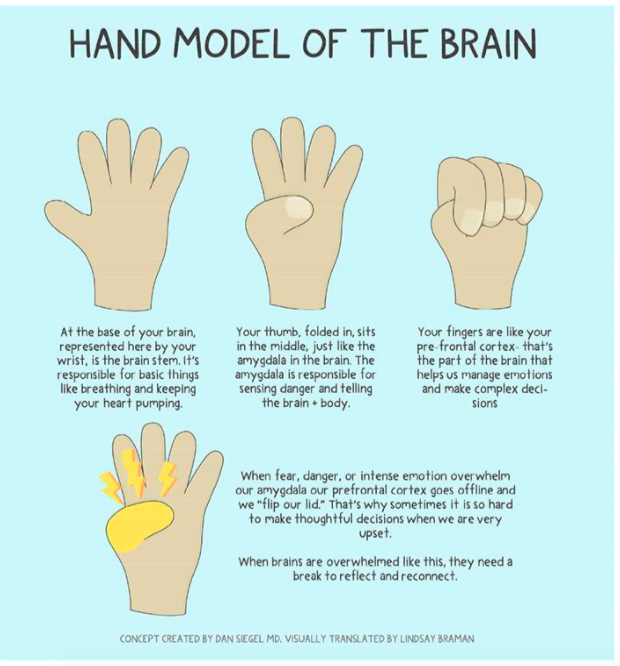
Using this model, students are able to visualize how their fists can form a representation of their brains. When they feel overwhelmed, anxious, or afraid, the “decision-making” prefrontal cortex represented by their fingers flips up, exposing the amygdala represented by their thumbs, which is the hub of our emotional system.
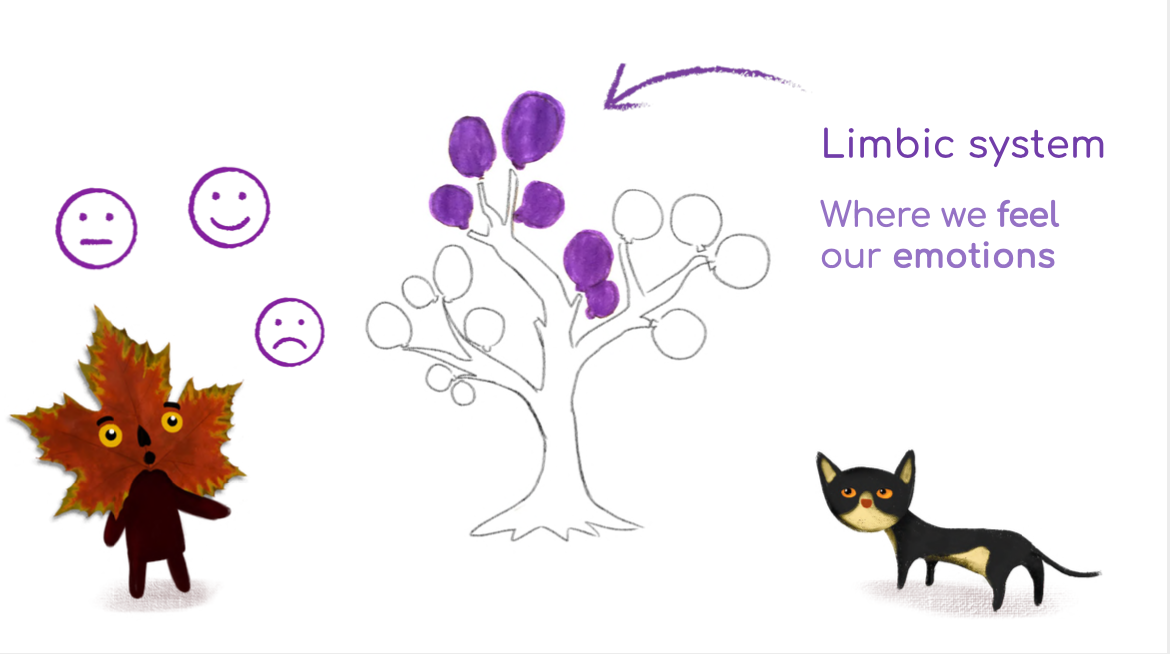
If you are using the Wisdom SEL curriculum, Lesson 4 provides a simple activity for students to learn more about how their brain works.
If your students are not ready to learn about all the names for different parts of the brain, that is okay. Simply making them aware of the connection between their emotions, actions, and brains is a great start on their journey to learning about self-awareness and self-management.
We wrote about one more research-based practice, skill modeling, in a previous blog post, which you can check out here. These are just a few of the ways you can incorporate learning science research into your SEL classroom. We hope you and your students will benefit from these evidence-backed approaches to teaching and learning. Do you use any other research-based practices in your classroom during SEL time? We want to hear about them! Fill out this check-in form to reflect and let us know.
Ben recently graduated from Duke University and is currently pursuing a Master’s in Learning Design and Technology at Stanford University. He is passionate about bringing learning science into the development of educational technology products. Outside of school, he enjoys solving crossword puzzles and playing tennis.
https://betterkids.education/blog/4-ways-to-incorporate-learning-science-research-into-sel-teaching